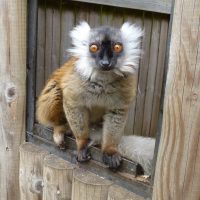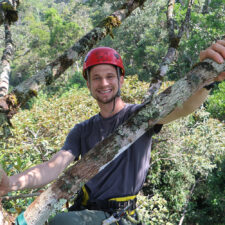After 2 years, 4 months and roughly 100 voluntary shifts, sadly my time as a lemur volunteer has come to an end. It has been an eventful, special and happy period of my life – I’ve been immensely lucky to get to know 18 lemurs and their characters, plus I’m proud to have raised hundreds of pounds for their conservation. Quite a lot has occurred since I lost wrote about most of Howletts’ prosimians. There have been goodbyes, greetings, and […]





